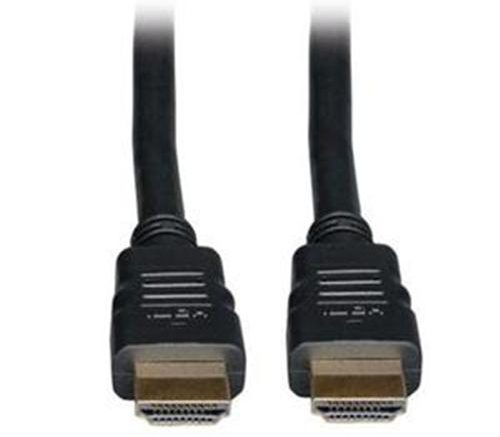Don’t worry, they’re not much more expensive.
After years of waiting, it’s possible we’ll actually see some 4K content this year for those new Ultra HD Premium televisions. 4K is a reality, thanks to aggressively low prices on streaming players and smart TVs over the last year or so. Unfortunately, you will have to budget just a few dollars more for a compatible HDMI cable.
HDMI is different from older cables because it’s completely digital and carries an uncompressed bit stream. That means there’s a LOT of information passing back and forth. We’re talking about an amazing 9.2 gigabits per second, compared to the merely mindboggling 1.5 gigabits per second of an HD picture. In case you don’t feel like doing the math, that’s about 6 times more data passing from one place to another.
It’s not necessarily about construction either. Some HDMI cables rely on processors built into the cable to make it possible to go longer distances, and those processors are designed for HD, not 4K. But really that’s not the issue. The issue is content protection, and HDMI cables are coded so the device connected to them knows what kind of content protection they support. If the cable won’t support 4K and its vastly more complex copy protection scheme, your device is going to know this.
I’m not saying that you’re going to need to toss all your old cables, but as you move up to 4K devices, make sure you buy a cable to go with each one. It’s a small price to pay to make sure everything works.





